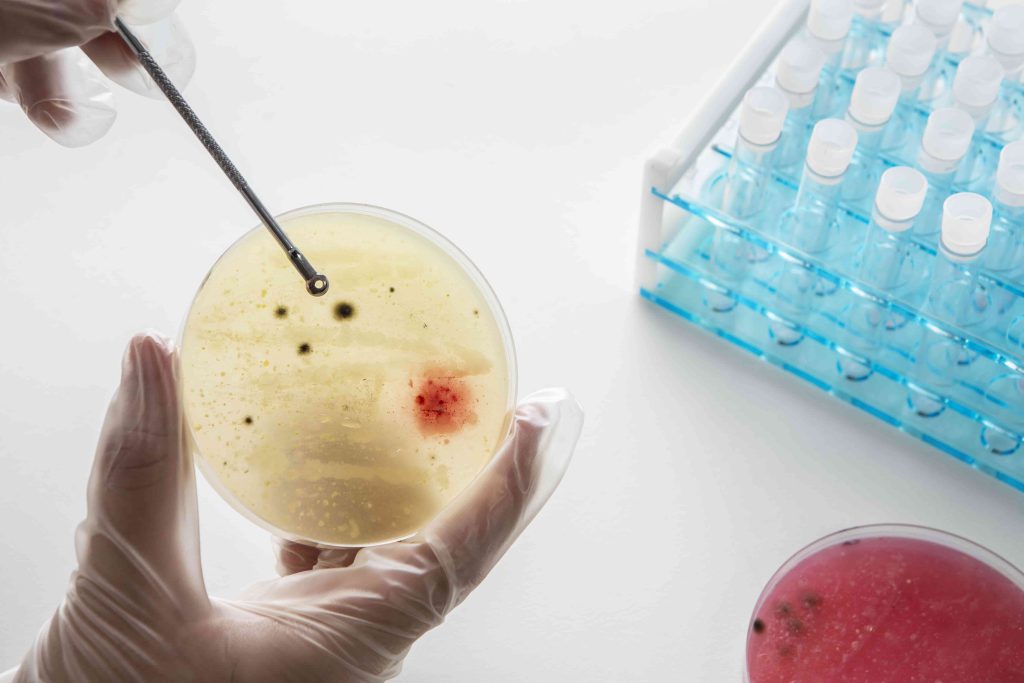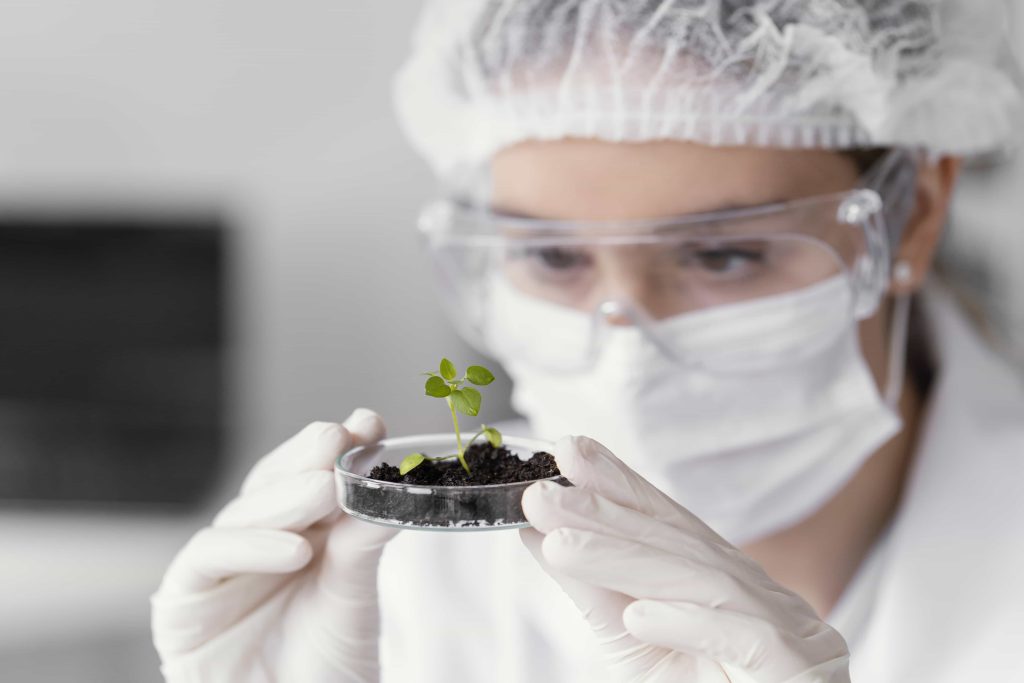Aerobic bacteria culture
In the world of microbiology, microbial cultures play a fundamental role in studying, identifying, and utilizing microorganisms. Among these, aerobic microbial cultures—those that require oxygen to grow—are especially significant. Aerobic microorganisms thrive in environments rich in oxygen, where they metabolize organic matter, breaking it down for energy production. This process has numerous applications across various industries, including environmental management, healthcare, and biotechnology.


What is Aerobic bacteria culture
An aerobic microbial culture is a laboratory technique used to grow and study microorganisms that require oxygen to survive and reproduce. These organisms use oxygen in their metabolic processes, particularly in cellular respiration, which produces energy in the form of adenosine triphosphate (ATP). When exposed to an oxygen-rich environment, aerobic microorganisms can efficiently metabolize organic compounds and proliferate.
Types of Aerobic Microorganisms

Obligate Aerobes
These microorganisms strictly require oxygen for survival, as they rely entirely on aerobic respiration. Examples include Mycobacterium tuberculosis and Pseudomonas aeruginosa.

Facultative Anaerobes
While these organisms prefer oxygen for respiration, they can also survive in anaerobic conditions by switching to anaerobic respiration. Examples Escherichia coli and Saccharomyces cerevisiae.
Applications of Aerobic bacteria culture

Wastewater Treatment
One of the most significant applications of aerobic microbial culture is in wastewater treatment. Aerobic bacteria are widely used in activated sludge processes to break down organic pollutants in wastewater. By aerating the wastewater, these bacteria are encouraged to consume organic contaminants.

Bioremediation
Aerobic microbes are also utilized in bioremediation, a process where microorganisms are employed to clean up contaminated environments, such as oil spills, industrial waste sites, and agricultural land. Certain aerobic bacteria, like Pseudomonas species, have the remarkable ability to degrade hydrocarbons and other toxic compounds.

Pharmaceutical and Biotechnological Production
In the pharmaceutical industry, aerobic microbial cultures are essential for producing antibiotics, enzymes, vitamins, and other bioactive compounds. For example, the antibiotic streptomycin is produced by the aerobic bacterium Streptomyces griseus. Likewise, enzymes like amylases and proteases, which have widespread applications in food.

Food and Beverage Industry
Aerobic microbial cultures are used in the production of various foods and beverages. For instance, the production of vinegar involves the aerobic bacterium Acetobacter aceti, which oxidizes ethanol to acetic acid. Certain aerobic yeasts and molds are also employed in the fermentation processes that produce cheeses, soy sauce, and other fermented foods.
Growing Aerobic bacteria culture
Methods and Considerations To culture aerobic microorganisms, it’s essential to maintain an environment rich in oxygen.

Growing Aerobic bacteria cultures can be achieved through several methods

Aeration and Agitation
In liquid cultures, continuous aeration and agitation are used to ensure that oxygen is evenly distributed throughout the medium. This is commonly done using shaking incubators or bioreactors equipped with spargers to introduce oxygen.

Surface Cultures
In this method, microorganisms are grown on the surface of solid or semi-solid media where they can access atmospheric oxygen. This is often done in petri dishes or on agar slants.

Monitoring and Control
Parameters like temperature, pH, and oxygen levels must be carefully controlled to optimize the growth of aerobic cultures. Automated systems in bioreactors can monitor these parameters.

Challenges and Limitations
While Aerobic bacteria culture offer many benefits, they also come with challenges. For one, maintaining adequate oxygen levels can be difficult, especially in large-scale operations. Additionally, some aerobic microorganisms can produce toxic byproducts, which may require additional treatment steps to neutralize. Furthermore, controlling contamination from unwanted anaerobes or other competing microorganisms is crucial to ensure the success of aerobic cultures.
Conclusion
Aerobic bacteria culture are a cornerstone of modern microbiology with applications that span environmental management, healthcare, food production, and more. By harnessing the metabolic capabilities of aerobic microorganisms, industries can create sustainable solutions for pollution control, waste management, and the production of valuable compounds. As our understanding of these organisms grows, so too will their potential to contribute to innovations that benefit both society and the environment.

